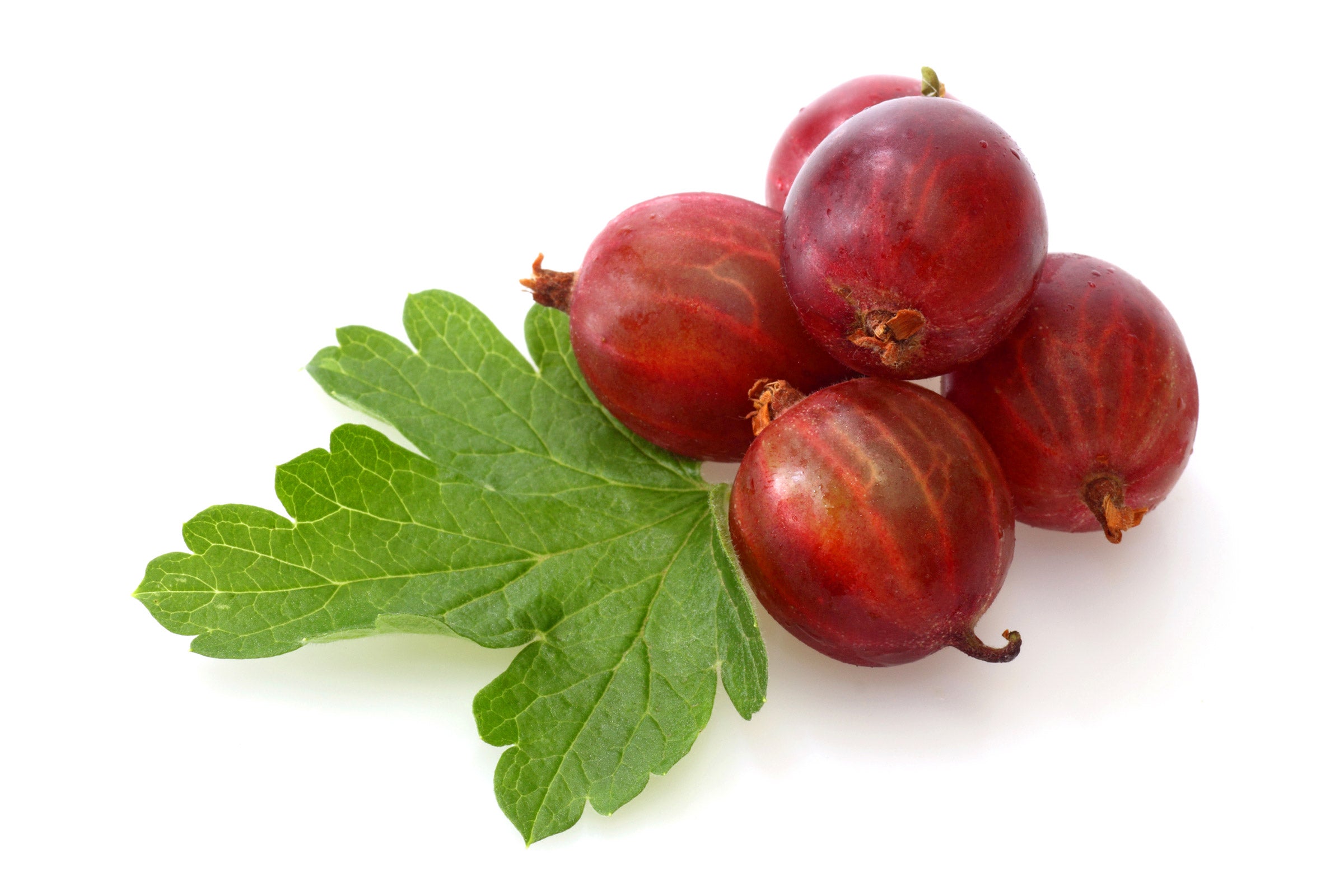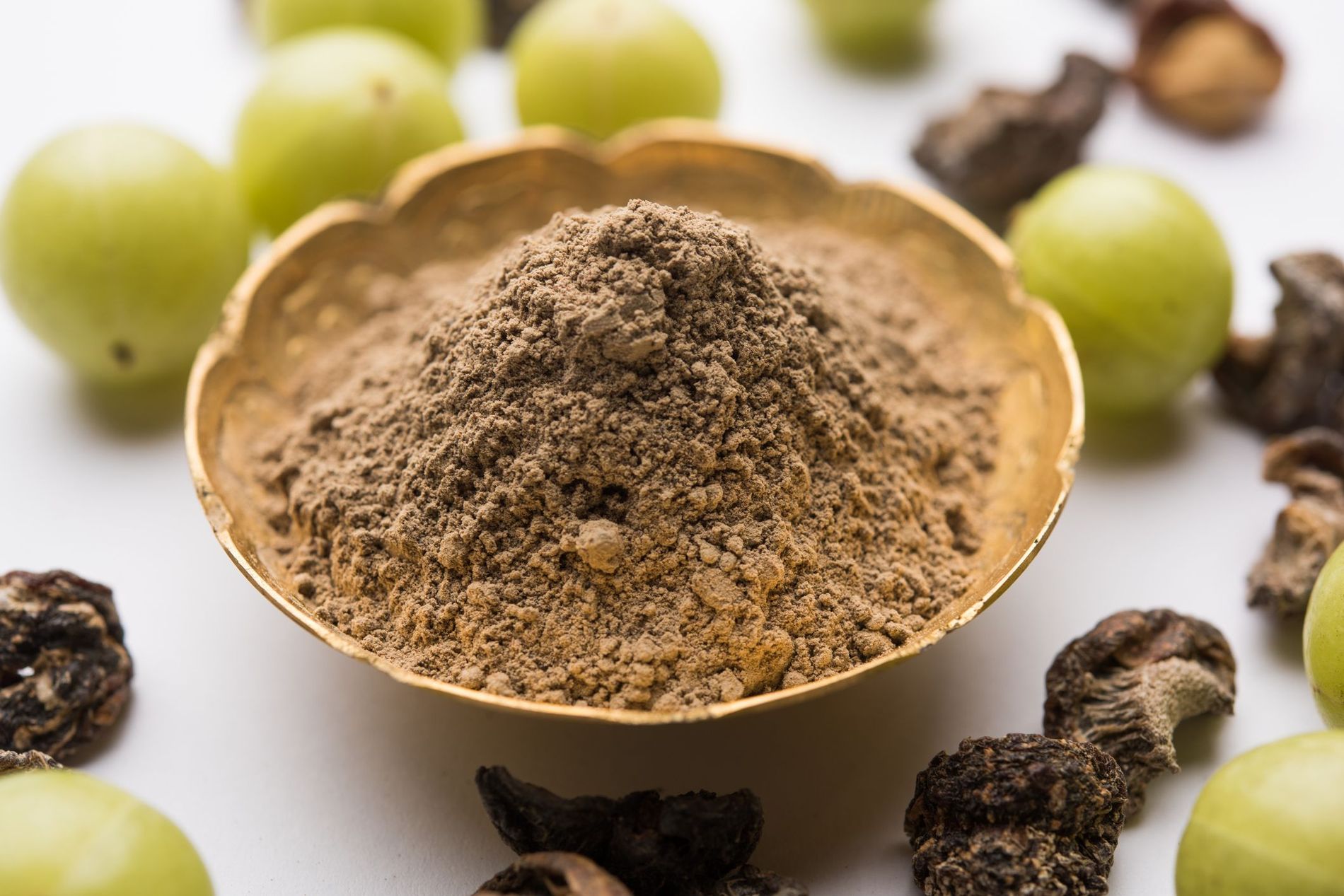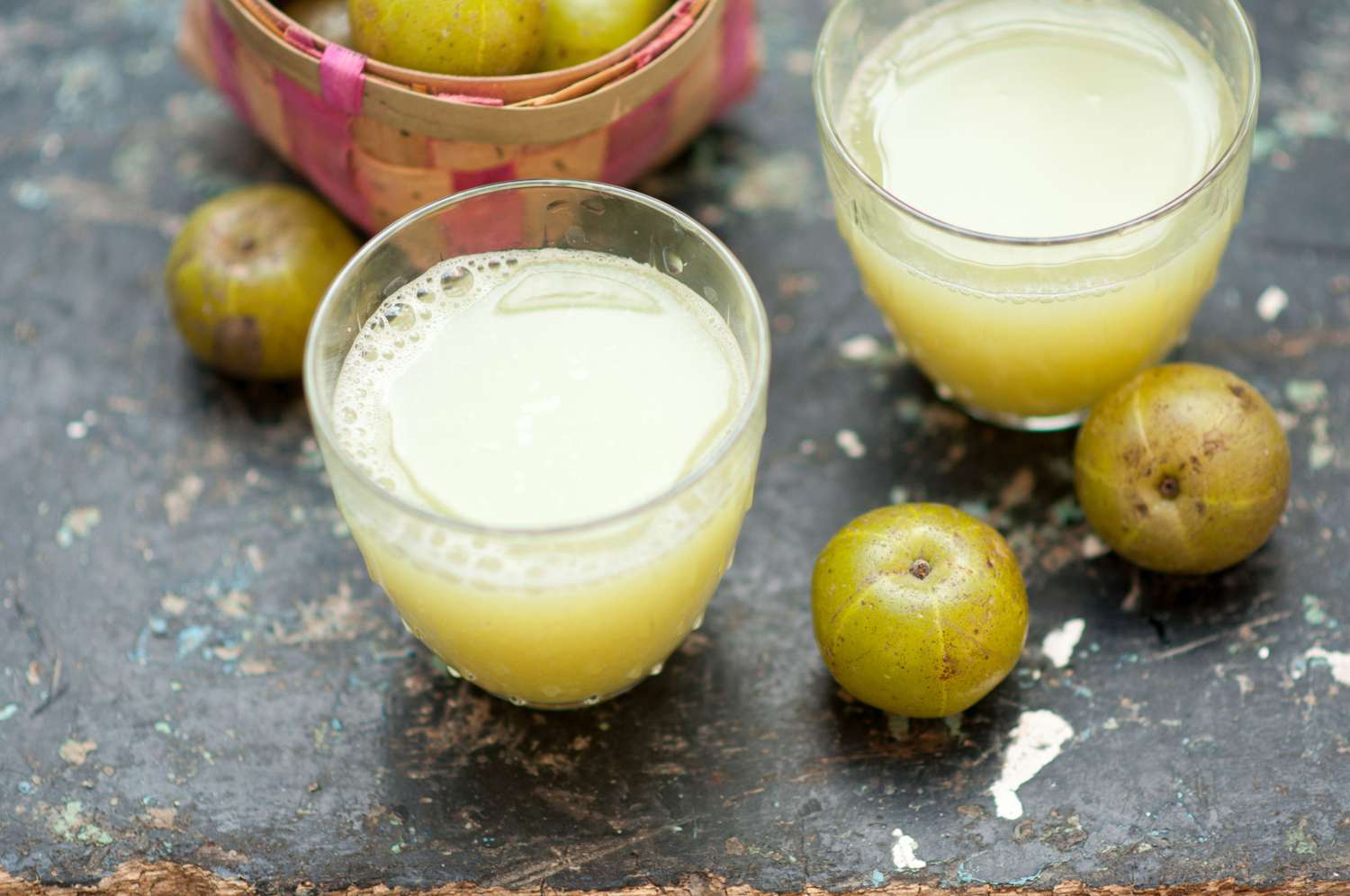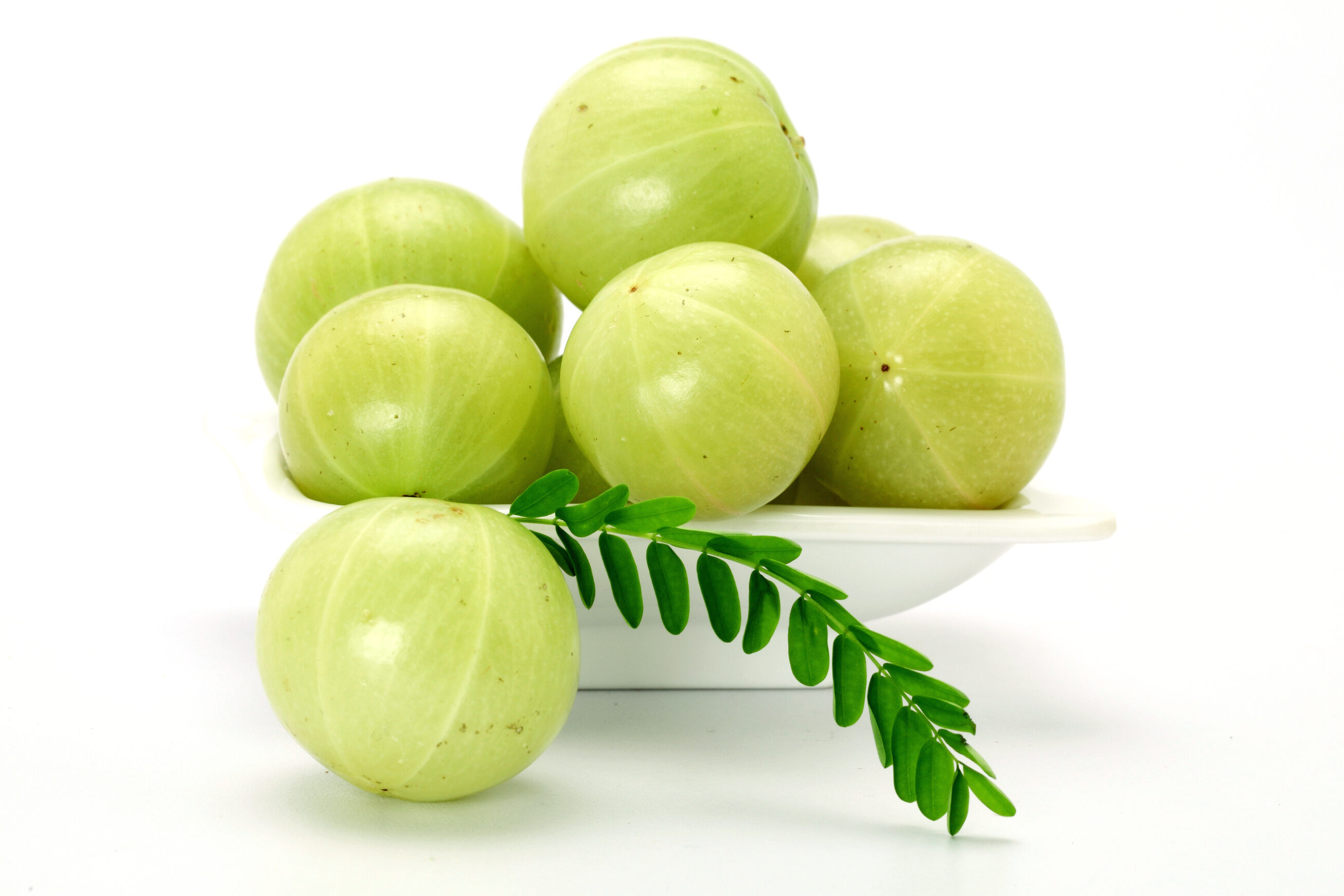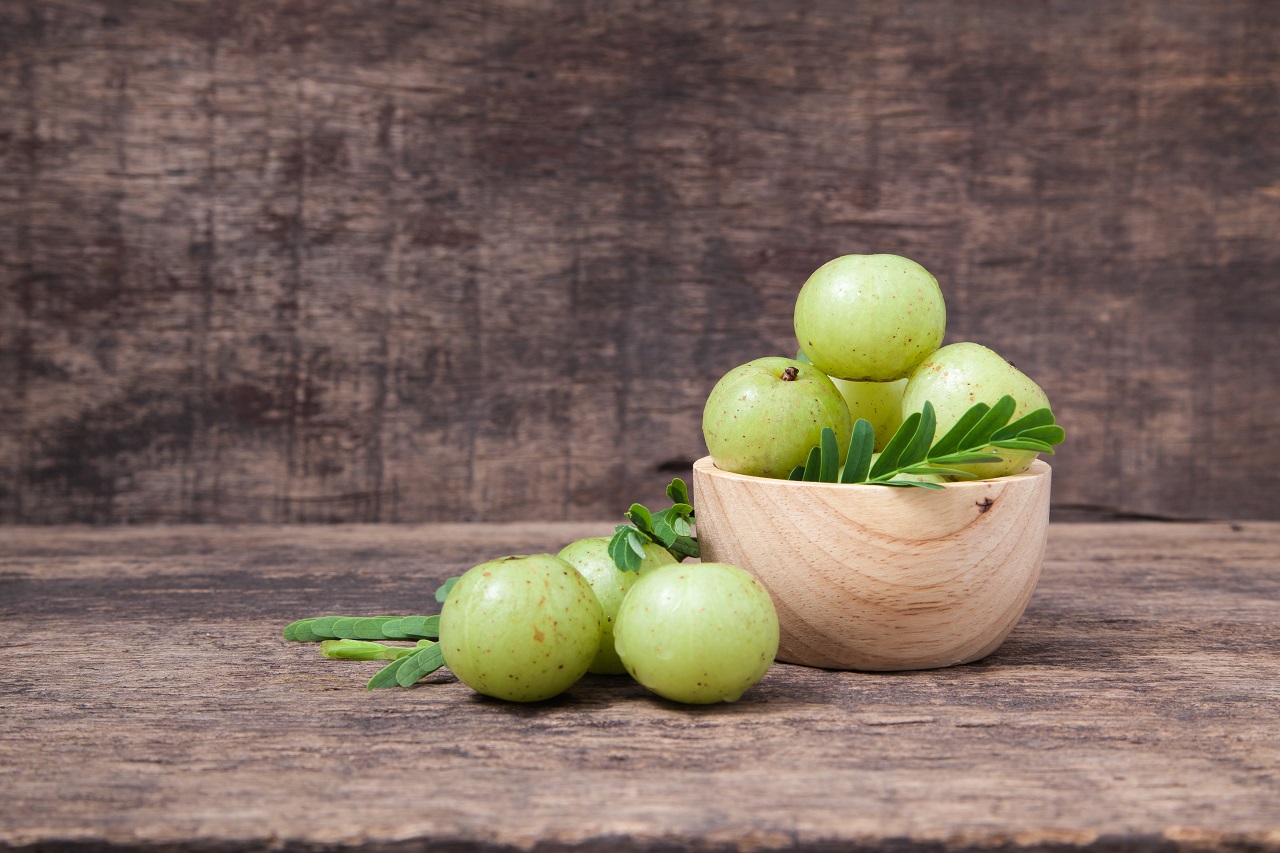Unlocking the Power of Amla in Ayurvedic Eating
Welcome to the world of Ayurveda, where ancient wisdom meets modern health. In Ayurveda, Amla, also known as Indian gooseberry, is considered a powerhouse of nutrients and is revered for its numerous health benefits. Let’s explore how to incorporate this superfood into your diet according to Ayurvedic principles.
Understanding Amla in Ayurveda
In Ayurveda, Amla is classified as a “rasayana,” which means it is revered for its rejuvenating properties. It is believed to balance all three doshas – Vata, Pitta, and Kapha – making it suitable for all body types. Amla is known for its cooling and nourishing properties, making it an excellent addition to your diet, especially during the hot summer months.
Ways to Eat Amla According to Ayurveda
There are several traditional ways to consume Amla in Ayurveda, each offering unique benefits:
- Fresh Amla: Eating fresh Amla is the most potent way to experience its benefits. You can consume it raw or in the form of freshly squeezed juice. Amla juice is known for its high vitamin C content and is believed to boost immunity and improve digestion.
- Amla Powder: Amla powder is a convenient way to incorporate this superfood into your diet. You can mix it with water, honey, or warm milk to create a nourishing tonic. Amla powder is known for its rejuvenating properties and is believed to support healthy aging.
- Amla Chutney: Amla chutney is a delicious and tangy condiment that can be paired with various dishes. It is believed to stimulate digestion and enhance the flavor of your meals.
Timing and Quantity
According to Ayurveda, the timing and quantity of consuming Amla are crucial for reaping its maximum benefits. It is recommended to consume Amla in the morning on an empty stomach for optimal absorption. Additionally, moderation is key. Excessive consumption of Amla may lead to an imbalance in the doshas, so it’s best to consume it in recommended quantities.
Health Benefits of Amla
Amla is celebrated in Ayurveda for its wide array of health benefits. Some of the key benefits include:
- Immune Support: Amla is rich in vitamin C and antioxidants, making it a potent immune booster.
- Digestive Health: Amla is known to support healthy digestion and is believed to alleviate digestive discomfort.
- Rejuvenation: Amla is considered a powerful rejuvenating herb in Ayurveda, promoting overall vitality and well-being.
- Healthy Hair and Skin: Amla is often used in Ayurvedic hair and skincare formulations due to its nourishing and revitalizing properties.
Conclusion
Incorporating Amla into your diet according to Ayurvedic principles can offer a multitude of health benefits. Whether consumed fresh, in powder form, or as a flavorful chutney, Amla has the potential to enhance your overall well-being. Embracing the wisdom of Ayurveda and integrating Amla into your daily routine can be a transformative step towards a healthier and more balanced life.




